Xuping Yin
Few-shot Object Detection with Feature Attention Highlight Module in Remote Sensing Images
Sep 03, 2020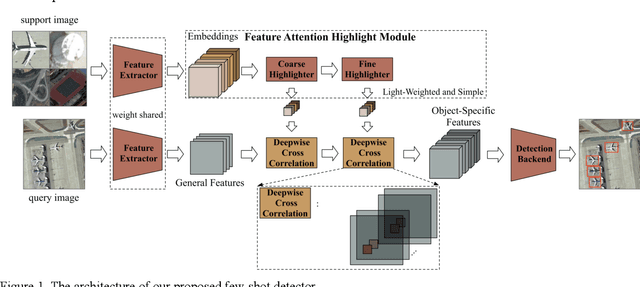
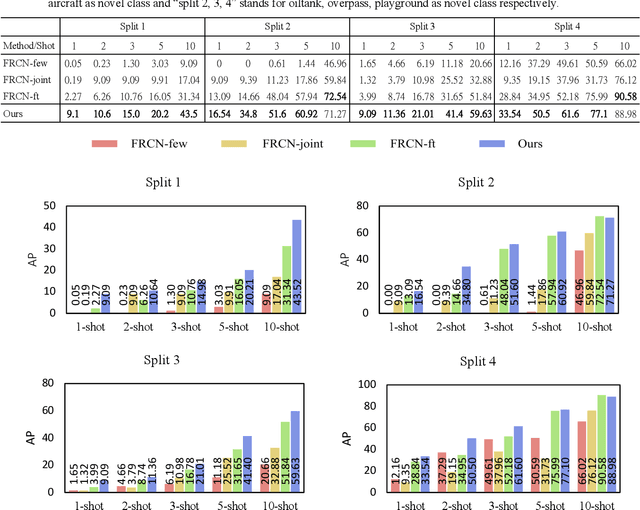

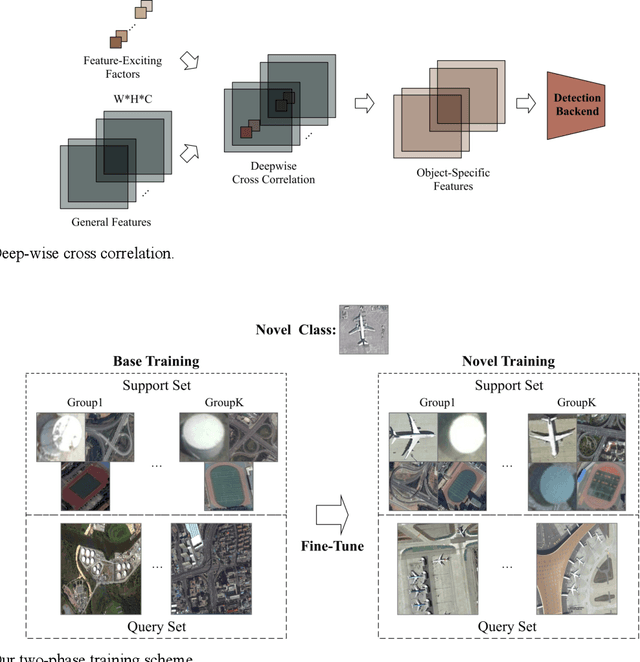
Abstract:In recent years, there are many applications of object detection in remote sensing field, which demands a great number of labeled data. However, in many cases, data is extremely rare. In this paper, we proposed a few-shot object detector which is designed for detecting novel objects based on only a few examples. Through fully leveraging labeled base classes, our model that is composed of a feature-extractor, a feature attention highlight module as well as a two-stage detection backend can quickly adapt to novel classes. The pre-trained feature extractor whose parameters are shared produces general features. While the feature attention highlight module is designed to be light-weighted and simple in order to fit the few-shot cases. Although it is simple, the information provided by it in a serial way is helpful to make the general features to be specific for few-shot objects. Then the object-specific features are delivered to the two-stage detection backend for the detection results. The experiments demonstrate the effectiveness of the proposed method for few-shot cases.
A novel statistical metric learning for hyperspectral image classification
May 13, 2019
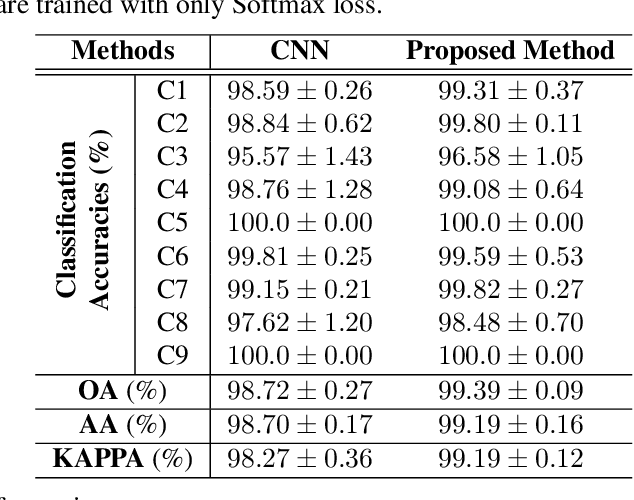
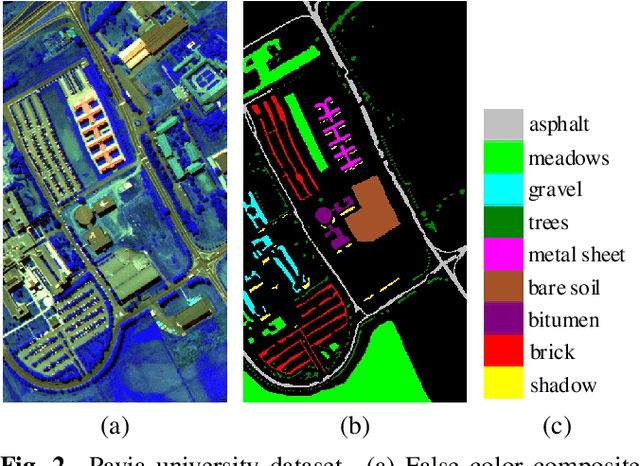
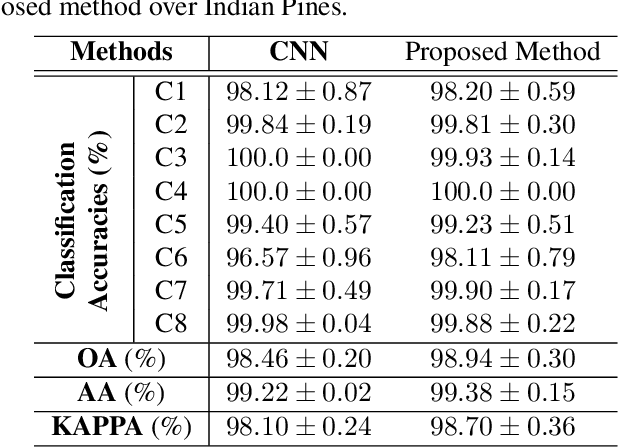
Abstract:In this paper, a novel statistical metric learning is developed for spectral-spatial classification of the hyperspectral image. First, the standard variance of the samples of each class in each batch is used to decrease the intra-class variance within each class. Then, the distances between the means of different classes are used to penalize the inter-class variance of the training samples. Finally, the standard variance between the means of different classes is added as an additional diversity term to repulse different classes from each other. Experiments have conducted over two real-world hyperspectral image datasets and the experimental results have shown the effectiveness of the proposed statistical metric learning.
 Add to Chrome
Add to Chrome Add to Firefox
Add to Firefox Add to Edge
Add to Edge